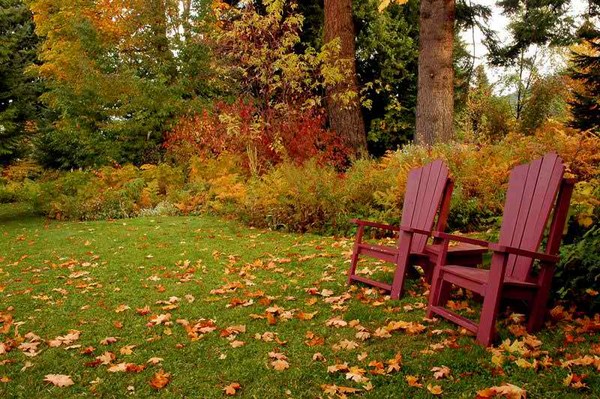Basic Herb Gardening Tips

 Herbs are very hardy and are a great starter plant for inexperienced gardeners. Herbs can make it most of the time without fertilizer or good soil. Many repel insects and may not need pruning. These basic herb gardening tips will help you with your new herb garden:
Herbs are very hardy and are a great starter plant for inexperienced gardeners. Herbs can make it most of the time without fertilizer or good soil. Many repel insects and may not need pruning. These basic herb gardening tips will help you with your new herb garden:
Once you have selected the types of herbs you want to grow and tend, you don’t have to make a large hole to plant them and the seeds are sown very close to the surface because they like good drainage. To plant the herbs correctly, a small shovel, spade, spike, or for will be helpful in aerating compacted soil for the new seeds to grow.
While herbs do not need frequent pruning, it is best to prune them once in a while to get the best results. Because of this, you will need to have a pair of pruning shears. While scissors are handy for gardening (to cut twine or small stems, for example), tasks like trimming thicker stems require a pair of sharp pruning shears.
One of the basic herb gardening tasks is water so a good watering can be a useful tool, but it depends on the shape and size. Some have very narrow openings, which is good as you have more control over where the water goes. Herbs need less water and often suffer when over watered. Choose a watering can that has small holes that make water flow easier to control.
Even though watering cans are a great way to water smaller herb gardens, they can be an impractical use of your time if you have a larger garden. One of our herb gardening tips for larger gardens is a watering system. You can set up a simple drip or hose system. These systems are relatively inexpensive and not especially difficult to set up. Depending on your climate, such systems may need replacements every couple years.
Winter can exact a toll on your hoses, for unless you remove them in the fall and lay them down again in the spring, snow and cold will rot the hoses and plug them with earth. However, it takes less than an hours time to lay hose over a 20 ft x 30 ft garden- it is as simple as laying the hose out evenly over the garden and pegging it in place.
If you are looking for something to transport container-started plants to the garden so that you can transplant them, a wheelbarrow can come in handy. It can also be useful to haul away weeds that you have pulled out of your garden. This method is much easier than picking them off the ground when you are done with the weeding. This will also help to stop the re-seeding process.
One way to minimize weeding and increase the nutrient content of soil is mulching. Laying down a 3-4 inch layer made of torn newspapers, bark, gravel, or wood chips, leaving an inch in diameter of space around the base of any plants, is all you need to do. Any excess moisture or heat is dispersed by the space around the plant base.
As you can tell, it is not hard to follow some basic herb gardening tips. You can have a great herb garden with just a few good, simple tools, a couple of seed packets, and a little bit of good soil.





